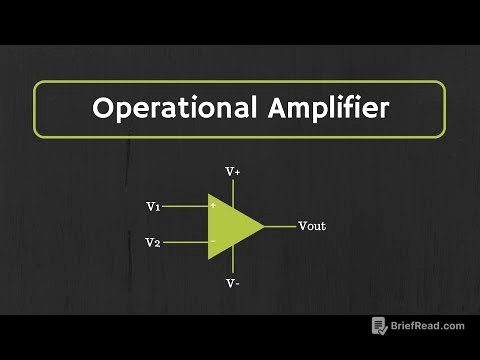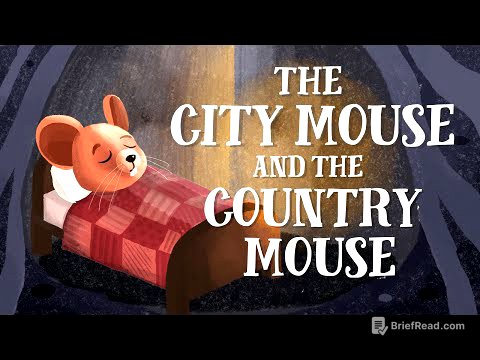TLDR;
Namaste! This lecture gives an introduction to basic surveying and geoinformatics. Dr. Barath Lohani from IIT Kanpur will be guiding us through this course which is structured in modules. The course aims to equip you with the understanding of basic surveying concepts, application of surveying techniques to real-life problems, optimal problem-solving skills, and awareness of potential pitfalls.
- Course is structured into 13 modules, each with further lectures.
- Covers concepts, techniques, instruments, and applications of surveying.
- Aims to develop problem-solving skills and awareness of potential errors.
Introduction to the Course Structure [0:13]
Dr. Barath Lohani introduces himself and the course on basic surveying. The course is structured into 13 modules, each acting as an independent chapter but it is recommended to view them in series. Each module will have further lectures, around 40 lectures in total. The modules are designed to be independent, but some background knowledge from previous modules might be helpful.
Course Objectives [5:06]
The objective of this course is to make students understand the basic concepts of surveying, apply surveying techniques and equipment to real-life problems, and solve problems in an optimal way considering cost, time, resources and accuracy. The course will also highlight the pitfalls and potential sources of error in surveying techniques.
Introduction to Geoinformatics [7:57]
The lecture introduces geoinformatics, an area encompassing many disciplines, including basic surveying. Geoinformatics is defined as the measurement and management of geo information, where "geo" refers to anything on, below, or above the Earth's surface. Geo information includes natural and artificial objects or phenomena.
Two Divisions of Geoinformatics [11:01]
Geoinformatics is divided into two fundamental divisions: measurement and management of geo information. Measurement involves determining the geometry (location using coordinate systems like XYZ) and identification (what the feature is, such as a tree, road, or house) of geo information. Management involves storing, retrieving, presenting, and manipulating this information.
Management of Geo Information [13:48]
Management of geo information involves plotting measured and identified features on maps for later use. This includes storing data in a particular format for easy retrieval and presentation. Manipulation involves analyzing geo information to derive results, such as finding the best route between two points using network analysis.
Tools for Measuring Geo Information: Primitive Techniques [18:29]
The lecture discusses the evolution of tools for measuring geo information, starting with primitive techniques like pacing, using hands, guessing, and standard rods. Examples from the Vedic age are mentioned, where pacing was used to measure soil quality. Even today, in villages, people use rods or chains to measure land parcels.
Standard Methods of Measuring Distances [23:25]
As the need for accurate measurements grew, standard methods like chains and tapes were introduced. Instruments like the compass and theodolite were used for angle measurement. However, these land surveying methods were cumbersome and difficult to use in inaccessible areas.
Electronic Surveying Methods [25:09]
With the development of electronics, conventional mechanical instruments were converted into electronic instruments. Examples include Electronic Distance Measuring Instruments (EDMI) and total stations, which can measure angles and distances automatically. Robotic total stations further automate the process, allowing a single person to conduct surveys.
Aerial Photogrammetry [28:35]
Aerial photogrammetry involves taking photographs from the air using cameras fitted in pigeons (during World War I and II), balloons, or aircraft. Overlapping aerial photographs (stereo pairs) can be used to generate three-dimensional models of the ground, allowing for measurements of distances, coordinates, and angles.
Satellite Remote Sensing [33:43]
Satellite remote sensing involves using satellites to take images of the Earth repetitively. Commercial remote sensing started in 1972 with the Landsat satellite. Satellites can capture images in optical and microwave wavelengths, with varying spatial resolutions. High-resolution satellite data can be used for detailed measurements and identification of features.
Applications of Satellite Data [40:05]
Satellite data can be used for both measurement and identification of geo information. Repetitive data from satellites can be used to monitor changes, such as the extent of flooding after a tsunami. This data helps in assessing damages and planning relief efforts.
Global Positioning System (GPS) [43:50]
GPS is a modern tool that provides accurate location information. It uses a network of at least 24 satellites orbiting the Earth. A GPS receiver measures distances to at least four satellites to determine its location in terms of latitude, longitude, and altitude. GPS has numerous applications, including navigation, surveying, and monitoring tectonic plate movements.
Management of Geo Information and GIS [51:45]
The lecture revisits the two fundamental divisions of geoinformatics: measurement and management of geo information. Management involves storing, tracking, presenting, and analyzing geo information. Geographic Information Systems (GIS) are used for managing and analyzing geo information to solve problems, such as identifying areas requiring relief after a flood.
GIS Example: Flood Relief [56:19]
A GIS can be used to integrate various types of geo information (flooded areas, road networks, topography, building locations) to identify priority areas for rescue and relief efforts. This involves creating a model that runs within the GIS to analyze the data and make decisions. Using GIS for this task is more efficient than manual methods.
Conclusion and Next Steps [59:43]
The lecture concludes with a recap of geoinformatics and its components. The next video lecture will focus on basic surveying in detail.









